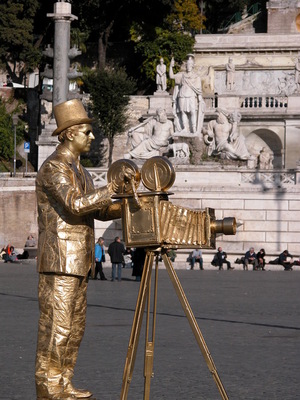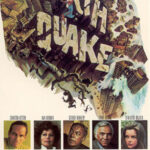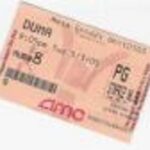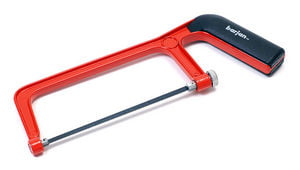The one thing that will make your movie stand out from all the others is the one thing that is unique to your film – you. As a director, you are the primary artistic force behind the story you are telling. I’m not suggesting that the screenplay, the cinematography, production design and editing are not important – they are, but the director is what unifies all these disciplines into the finished product. As such, your style as a director becomes the one element that will make your film unique. Developing your style is often a matter of practice. It can be learned. But what sets apart one director’s vision from another is that which cannot be taught – the set of personal experiences that are inside you.
Style is a function of the way a director interprets a story. Often it’s a visual style. Tim Burton has a distinctive visual style. But style is more than that. It’s your unique way of interpreting the events in a script. Look at any scene in any movie, and that scene is tied directly to the director’s way of looking at things. Consider the following scene: a man sitting alone on a park bench. How would Peter Jackson shoot this? A crane shot swooping down from above into an ECU of the man’s retina? What about Michael Bay? A fast dolly in with a swish pan broken up into 14 different cuts? How about Robert Zemeckis? Think Forrest Gump. You get the idea. Every director would approach the scene in a slightly different manner, based on how that director envisions the intent of the scene.
Style is the result of craft. It’s understanding all the artistic tools at your disposal and using them to bring your intention to life. It’s translating the words in the script into visual imagery. The script may call for a man sitting on a park bench, as in the previous example, but what you show, and don’t show, is a function of your style. Do you show him from a distance, alone, storm clouds gathering overhead? Do you show just his worn shoes on a cracked and broken sidewalk? Whatever your interpretation is, you must film it with conviction. Even if you are dead wrong in your interpretation, a scene shot with firm conviction, is better than a generic scene that has a better interpretation of the material. I use these terms carefully because there is no correct or incorrect interpretation, there is simply your interpretation and someone else’s.
Style is also a function of personality. Are you an optimist or pessimist? In looking at the man alone on a bench scene, do you consider loneliness a joy? A curse? Neither? Your personal views play heavily into your style. Do you have the 12-shots-per second attention span of Michael Bay or would you linger for eight hours on a single image like a Warhol film? The key to getting your personal interpretation on the screen is to be able to look inside and draw upon your beliefs and then covert those feelings into concrete visuals.
Developing your style takes practice combined with self-awareness. Look at the style of filmmakers you admire. You don’t want to emulate them, but rather, ask why does that appeal to you? When you can answer that question, you are ready to develop your own distinct voice. You can go on instinct, and that’s certainly one approach, but instinct tends to result in an uneven style. When things are clicking, it’s great. When they aren’t… well, the result is not uninspiring. A better approach is to take your instinct and challenge it. Question why you feel a certain way about a scene, and put the answer in your film. Write down what images come to you as you read the script. These aren’t necessarily what is described in the scene, but what you see in it. Then ask if you are shooting a scene a certain way just to be different, or are you shooting it this way because it brings your vision of the script to life and will help tell your story.
The only danger with style is in its overuse. Any style that calls attention to itself and the filmmaker is treading on dangerous ground. You might as well have a subtitle running at the bottom of every shot that reads, “This scene conceived by me.” The real art of style lies in its subtlety. In too many films today, we see style that is so self-aware, so overwrought in its technical prowess, that it defeats the purpose of style altogether. Imagine reading a paragraph in which every sentence ends with an exclamation mark! It gets old! It loses its effect! Maybe you should add two exclamation marks!! Or three!!! You get the point. Style is not something you tack onto a scene, style flows from you into a scene.
Mastery of style will enable you to create films that resonate, as long as you have something interesting inside. Chances are you do, otherwise you wouldn’t want to make movies. It’s up to you to find it, and put it on the screen.







